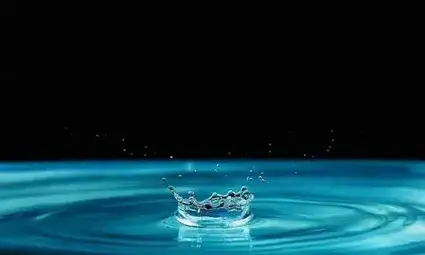
Conserving water is not only an environment-friendly measure, but it also saves you money, especially if your home has a water meter.
According to Waterwise water facts, “Although the earth is often called the blue planet, out of all the water on the planet, there is less than 1% accessible fresh water for us to use.” As a result, the demand for fresh water is always high.
Even if your home doesn’t have a water meter, it’s worthwhile to conserve water, as water for the hot water taps, showers and baths accounts for approximately 20% of the energy bill in an average gas-heated home.
From these facts, it’s evident that water is a precious resource that you need to conserve. So let’s look at some tips on how to save water in the bathroom.
1. Save Water in a Bath – Fill Halfway to Avoid Spillage
Fill the bathtub only halfway when you take a bath. This way, you can minimise water spillage.
Another important water conservation technique is you should always plug the drain first.
Don’t wait until the water is hot. Adjust the water temperature as the bathtub fills. This slight change will enable you to save plenty of water in the long run.
During winter, it takes an unduly long time for water to heat up, especially in the morning. Consider storing the cold water that flows initially in a bucket. You could later use this water in your backyard garden or for watering indoor plants.
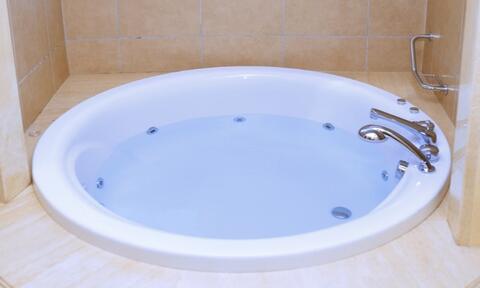
2. Install Water-Saving Shower Heads
It is estimated that Britain ‘showers away' more than 2,000,000,000 litres of water each day. So there’s a lot of scope for saving water in your shower.
A water-saving shower head restricts the volume of water that it allows to flow through it. Newer models typically reduce the amount of water used by almost 50% but still provide you with an enjoyable showering experience.
It’s fairly easy to install this showerhead. You only need to unscrew your existing shower head and replace it with the new one.
An important point to note is a water-saving shower head isn’t suitable if the water pressure is low or you have an electric shower.
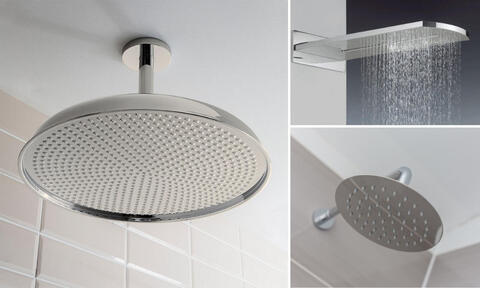
3. Install a Steam Shower
Imagine coming home dead tired. Wouldn’t stepping into a warm mist of soothing steam energise and reinvigorate you? Sure, it would.
Another major benefit is a steam shower is the most water-efficient option out there for showering. It’s leagues ahead of both an old-fashioned shower and a regular bathtub.
But what makes a steam shower a clear winner is it uses a miserly 7.5 litres of water for an extended 30-minute shower.
The reason for this restricted use is that water is boiled to steam. (The good news is the risk of burns is minimal.) Just consider the amount of water saved. Even the most water-efficient shower head will consume 270 litres during a 30-minute shower.
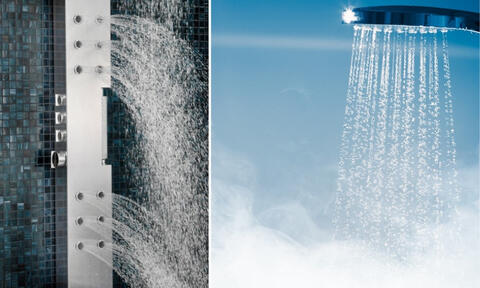
4. Install a Rimless Toilet
With the focus on green options and water conservation everywhere, toilet designs have undergone a drastic change. The minimalist rimless design presents a streamlined look to your toilet.
The major advantages of a rimless toilet over a conventional toilet are it not only uses less water per flush but also cleans more effectively. Most rimless toilets are either high efficiency (HET) or ultra-low flush (ULF). Both these designs minimise water usage, promoting sustainable living. Yet another advantage is rimless toilets are available in an assortment of styles and finishes. So it’s easy to find the perfect fit that complements your bathroom.
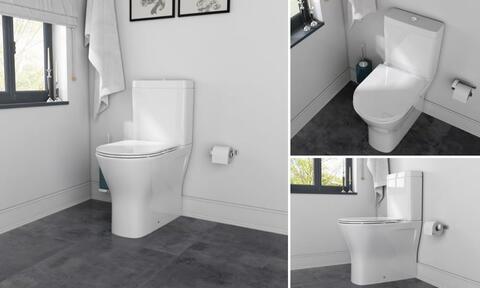
5. Reduce Shower Time
The duration of the average shower is about 10 minutes. And the average showerhead uses approximately 12 litres of water per minute.
Evidently, even a one-minute reduction in your shower time delivers a 10% saving in water usage. While this might seem insignificant, the amount of water you save over a month or year is sizeable.
A practical way to cut back your shower time is by setting a stopwatch timer on your Smartphone. Another important way to save water is you can shut off the shower while soaping.
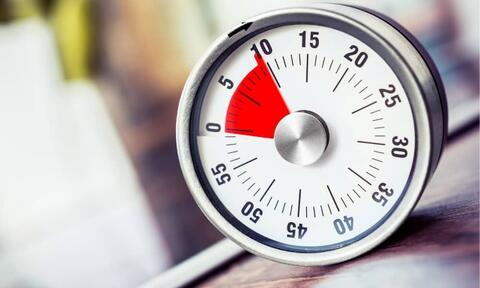
6. Check for Constant Drips and Leaks
A leaking tap can disrupt your sleep if you don’t take quick remedial measures. It can also result in avoidable water wastage. But sometimes leaks aren’t as obvious.
There’s no drip, drip, drip that disturbs you at night. And there’s no sign of water anywhere.
The only way you can detect (or even suspect) there’s underground water leakage in your home is by keeping an eye on your water usage regularly.
If there’s a spike in water consumption you can’t account for (e.g., watering your garden more frequently in the summertime or having guests), it could be a clear indication of a leak.
A drop in water pressure is another sign of a leak. You’ll often notice this drop when you’re taking a shower or filling the bathtub.
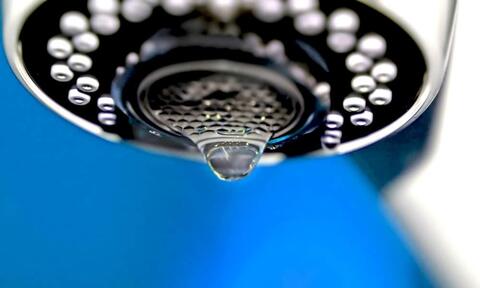
7. Hang Bath Towels to Dry To Avoid Excessive Water Use in Washing
You don’t need to wash your bath towel after every use. It’s safe to wash it once after every three normal uses. But since a bath towel can harbour a lot of germs, you’ll need to hang it outdoors to dry. Also, a bath towel tends to absorb water and remain damp for a long time. That’s the reason you should not hang it inside the bathroom.
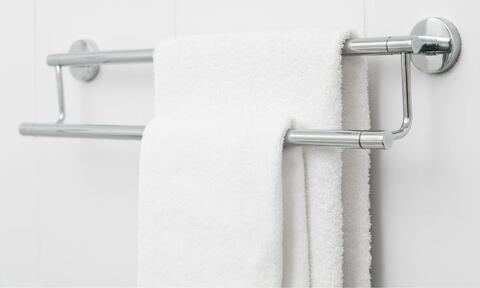
8. Save Water While Shaving
Some people like to keep the tap open as they shave or brush their teeth. While this practice is convenient, you’ll waste several litres of water every day.
It’s best to turn off the basin tap while you shave. An effective way to save water while you shave is to fill the washbasin with some water and rinse the razor in that.
An electric razor is a water-efficient solution. It can save a great amount of water, as you don’t need to use shaving cream or gel.
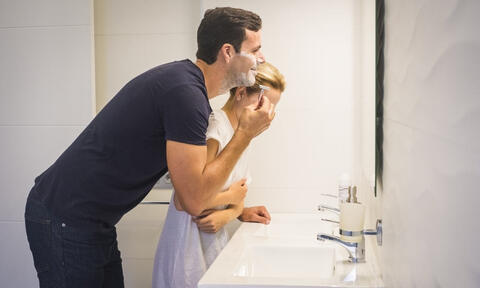
9. Turn Off the Faucet When Not Using It
This one is by far the most effective tip to save water in the bathroom. Turn off the faucet (i.e., tap) while you are brushing your teeth, shaving, gargling, washing or scrubbing your face.
Make it a habit to turn on the faucet only when you need water. The other thing you could do to save water is keep the water force at a minimum every time you open the faucet.
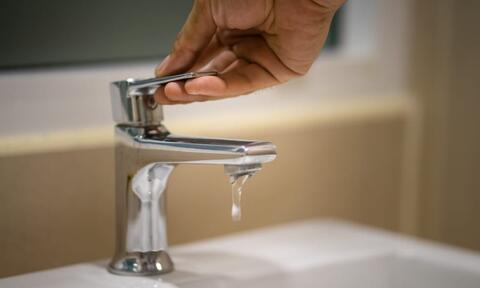
10. Use Wet Wipes Instead of Water to Clean Bathroom Surfaces
Wet wipes are excellent for cleaning bathroom surfaces. They get rid of dirt and grime better than traditional cleaning wipes or paper towels. The advantage of using wet wipes is you can clean the dirtiest surfaces in your bathroom without using harsh, unnatural chemicals.
In the face of the ongoing pandemic, wet wipes are a great cleaning option, as they are helpful in keeping your bathroom free of bacteria and viruses. Wet wipes are also environment-friendly, as they are flushable and biodegradable.
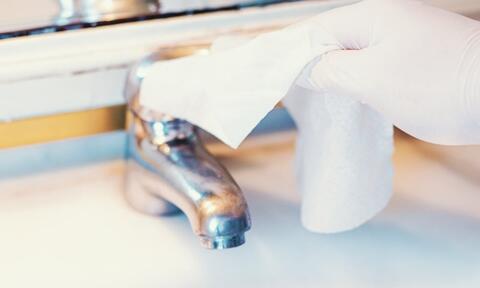
Shop Bathrooms in the UK
Bathroom City is reputed bathroom products store in the UK. You can pick from a premium selection of water-efficient accessories to ensure there’s no water wastage in your bathroom. Furthermore, the extended warranty on all our install-and-forget bathroom accessories promises you long years of trouble-free usage.